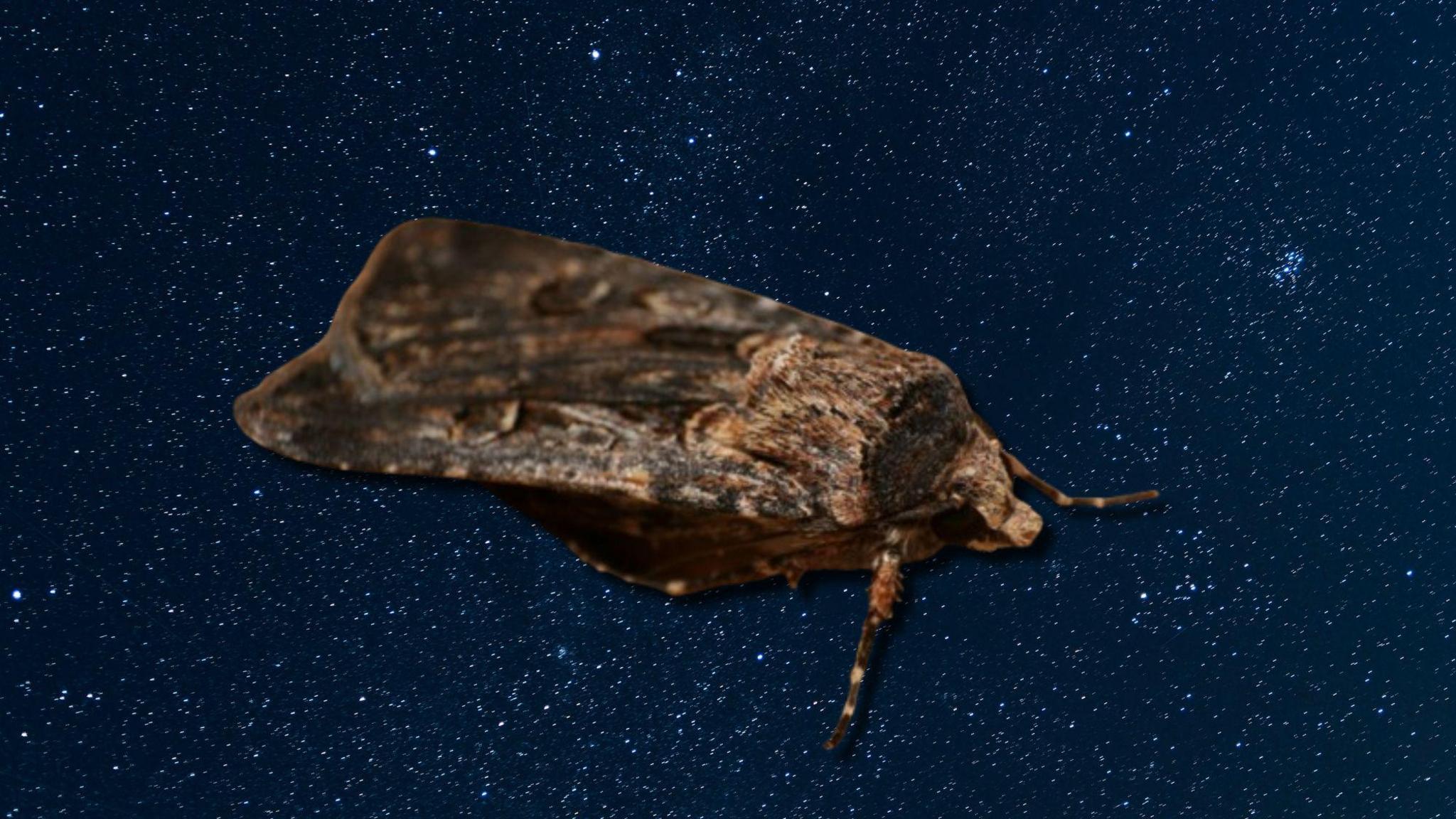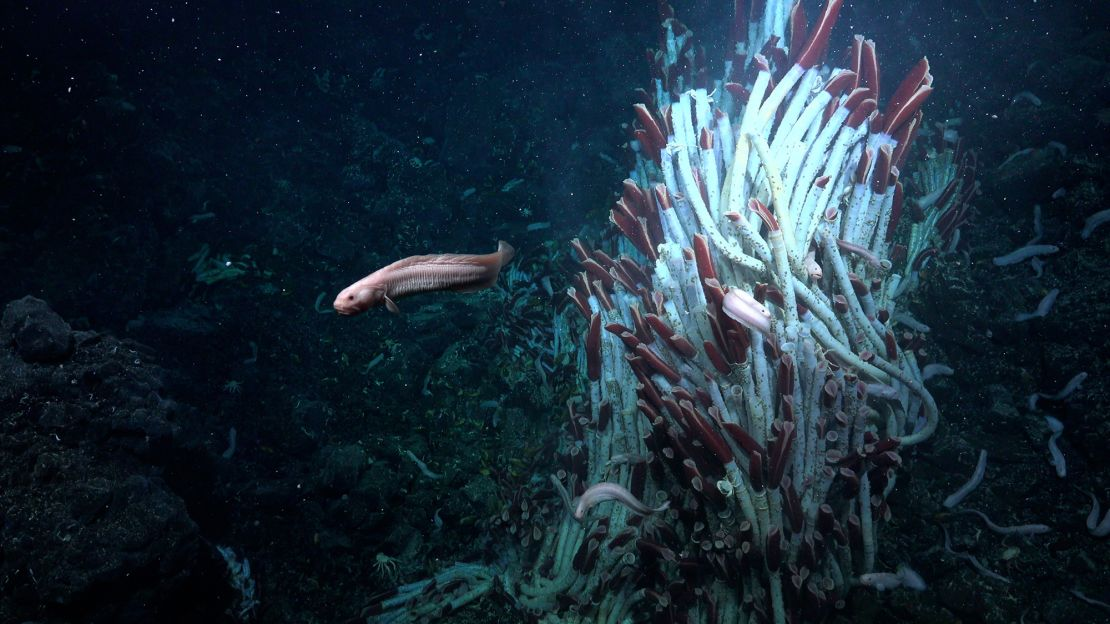A recent Nature study has unveiled that the Australian Bogong moth (Agrotis infusa) uses celestial cues—specifically star patterns—as it migrates roughly 1,000 km from the Australian outback to alpine caves each year. Researchers placed moths in a flight simulator under a recreated night sky while blocking magnetic fields. Moths oriented correctly when presented with an authentic star map, but became disoriented when the star patterns were scrambled—suggesting they rely on celestial navigation rather than geomagnetism. Brain activity mapping further confirmed that specific astronomical cues trigger course-control commands in these tiny-brained insects.
This discovery is groundbreaking: it’s the first documented case of an invertebrate using stellar navigation across such long distances. Until now, celestial navigation was mainly recognized in birds, dung beetles, and sea turtle hatchlings. The Bogong moth challenges assumptions about cognitive limits in insects and expands our understanding of how deeply evolution has embedded navigational precision into life’s complexity. It raises intriguing questions: which star constellations or celestial landmarks are most important? Do these moths adjust based on moon phase or seasonal shifts?
Beyond scientific curiosity, this finding has conservation implications. As light pollution grows, star visibility diminishes—potentially disrupting the moth’s internal compass and migration success. Understanding this reliance helps prioritize dark-sky protection in key migratory corridors. It also opens new avenues for studying how other insects might similarly use celestial cues, inviting exploration into previously overlooked navigation systems—proving that even small creatures hold big secrets in the night sky.




